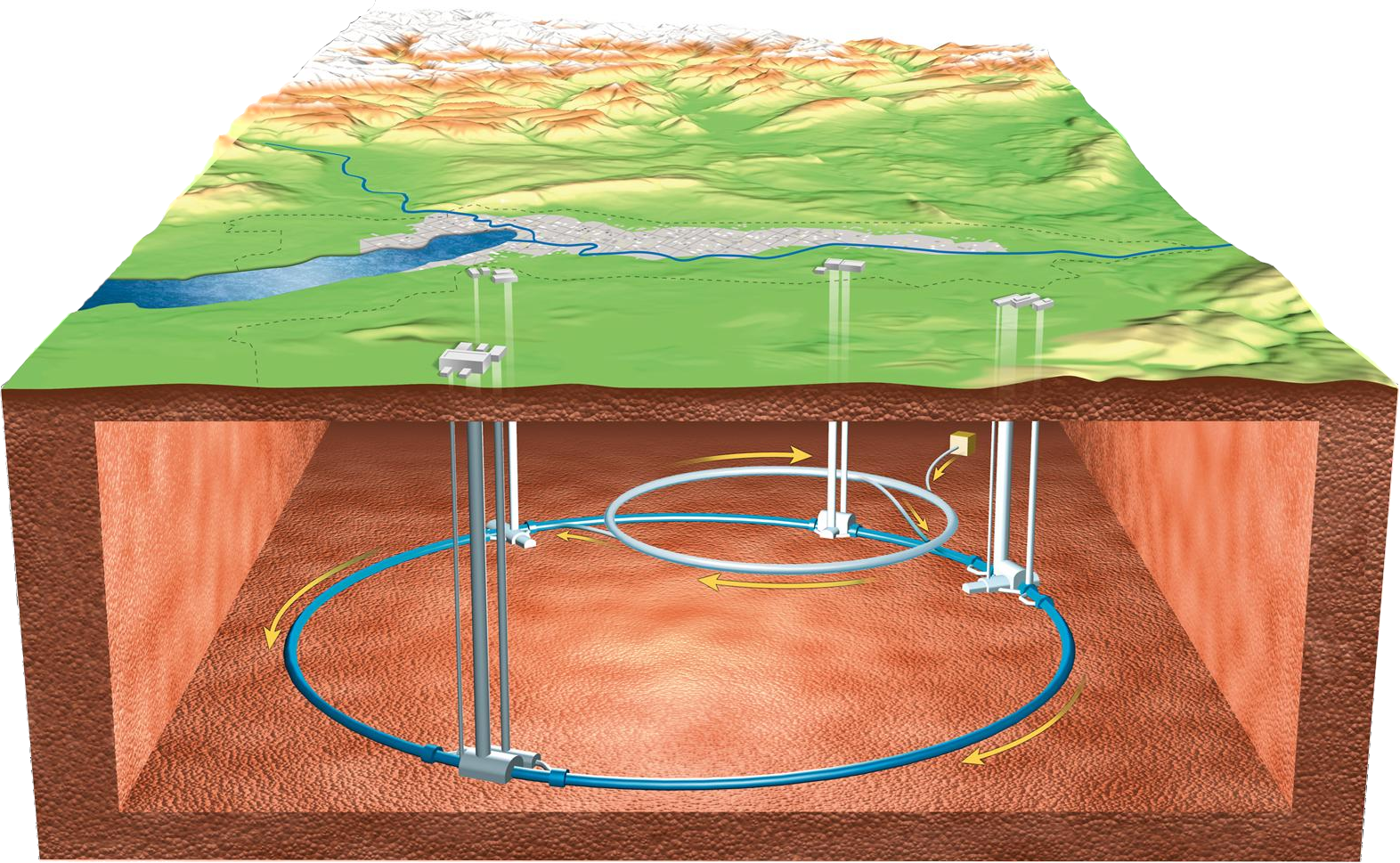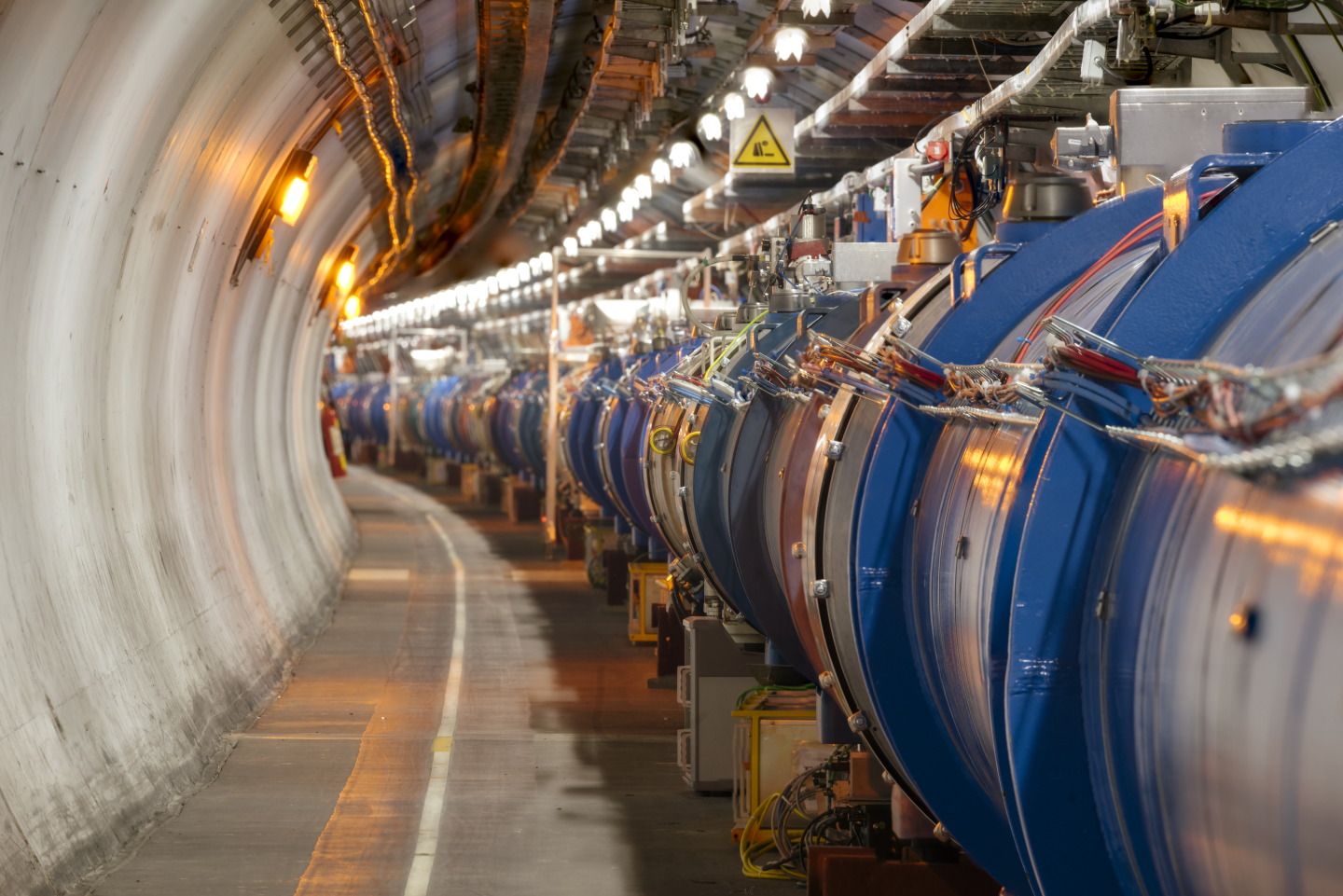Home
Building the HL-LHC with the Industry
The HL-LHC Industry Website has been specially designed for all those firms that wish to participate in this ambitious project. We want to share all the relevant information related to the procurement that will be required to accomplish this major upgrade of the LHC.
The industry will have a crucial role and will be heavily involved within the HL-LHC Project since it will be the main source to provide the technologies and equipment that are required to successfully achieve the goals of this upgrade of the LHC.
The HL-LHC will collaborate with many types of industries and businesses to pursue its goals. Knowledge and technology to be developed during the HL-LHC project will make a lasting impact on society.


The Large Hadron Collider (LHC) at CERN at the Franco-Swiss border near Geneva, is the largest scientific instrument ever designed and built for scientific research. It has been exploring the new high-energy frontier since 2010, attracting a global user-community of more than 7,000 scientists spanning more than 60 countries.
After only a little more than one year of operation, on 4th July 2012 the LHC experiments, ATLAS and CMS ,could announce the first major discovery: the long-sought Higgs boson, the cornerstone of the Standard Model (SM) of particle physics. This announcement, heralded by scientists as well as by the media as a giant leap in the understanding of our world and the origin of universe.
In order to further increase its discovery potential beyond 2020, LHC would eventually need an upgrade to increase the total number of collisions by a factor of 10. A more powerful LHC would provide more accurate measurements of new particles and enable observation of rare processes that occur below the current sensitivity level. This would make it possible to detect rare events not previously witnessed, and increase our understanding of the energy frontier. How this should be done is at the heart of the High Luminosity LHC project, of which the first phase has been supported in part by funding from the Seventh Framework Programme (FP7) of the European Commission, the HiLumi LHC Design Study.
 With the upgrade, the LHC will push the limits of human knowledge, enabling physicists to go beyond the Standard Model and its Higgs boson: for example the mysterious dark matter and the world of supersymmetry are just among the long-awaited mysteries that the LHC will unveil. Thanks to the LHC, Europe has decisively regained world leadership in High Energy Physics, a key sector of knowledge and technology.
With the upgrade, the LHC will push the limits of human knowledge, enabling physicists to go beyond the Standard Model and its Higgs boson: for example the mysterious dark matter and the world of supersymmetry are just among the long-awaited mysteries that the LHC will unveil. Thanks to the LHC, Europe has decisively regained world leadership in High Energy Physics, a key sector of knowledge and technology.
But upgrading such a large scale, complex piece of machinery is a challenging procedure that will take a decade to complete. The process hinges on a number of innovative technologies, which the HiLumi LHC Design Study is exploring. This extraordinary technical enterprise will rely on a combination of cutting-edge 11-13T superconducting magnets and compact and ultraprecise superconducting radio-frequency cavities for beam rotation. In addition, the higher luminosities will make new demands on vacuum, cryogenics and machine protection, and will require new concepts for collimation and diagnostics, advanced modelling for the intense beam and novel schemes of beam crossing to maximize the physics output of the collisions.
